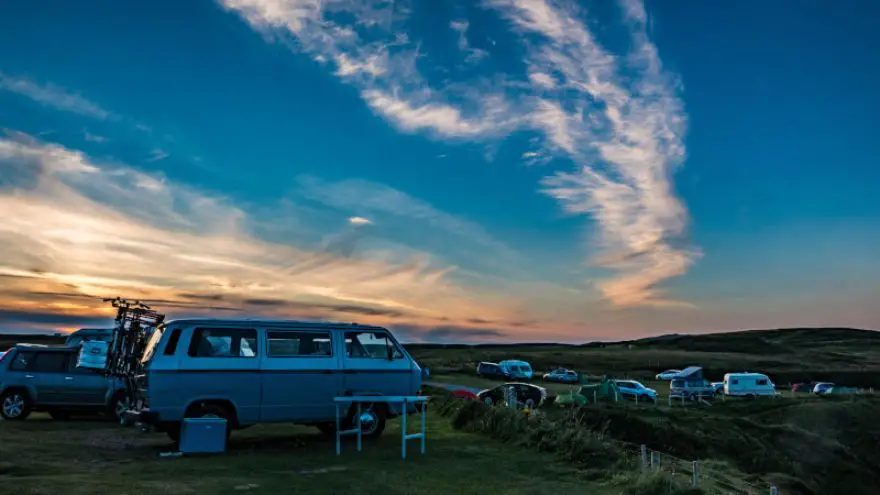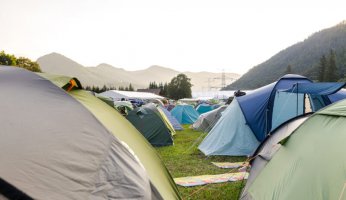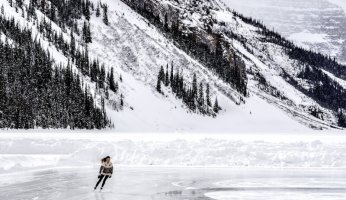Car Camping Explained
 Car Camping Explained
gearweare.net
Car Camping Explained
gearweare.net
Although someone who is just getting into camping may think that this pastime always involves the same gear, not all camping is the same. I made this mistake when I was first getting into sleeping in the outdoors. I prioritized small and lightweight items, thinking that the ethics of backpacking applied to all types of camping. However, instead of getting into backpacking I became obsessed with rock climbing, which has meant countless nights sleeping at campgrounds and on BLM land with the car parked next to the campfire.
What I began to learn as I did more and more car camping was that comfort can be prioritized and space is not an issue. When everything that you need is brought with you in your vehicle, weight doesn’t matter either. With that in mind, we ditched the single burner camping stoves for a Coleman, added a five-gallon water jug to our camp kit, and stopped worrying about bringing more clothes than needed. Eventually, we also ditched our tent in favor of a raised platform in the back of my boyfriend’s truck.
The way we have tailored our car camping setup to fit our needs is one of the greatest things about sleeping outdoors with your vehicle close by. Of course, car camping offers less of a remote feeling than backpacking, but this also makes it more accessible. Whether you are someone who is only willing to camp if you have a plethora of comforts, or someone, like me, who uses camping as a way to access other activities, the following tips can be applied to your setup so that it perfectly fits your needs.

The Kitchen
Already briefly mentioned in the introduction, when car camping your outdoor kitchen can be as large, heavy, and complicated as you want. I personally use a two-burner Coleman stove that runs off of propane, a setup which can easily cook meals for as many as four or five people. With this stove, I also have a camp box stocked with all the necessary utensils, pots, pans, and other odds and ends that are required to easily cook a meal in the outdoors. I have three pots with lids of differing sizes, a cast iron pan, sporks, tongs, a rubber spatula, a knife, plastic baggies, trash bags, and extra propane in this camp tub at all times.
If you are interested in camping in undeveloped areas, where amenities like a picnic table won’t be available, I also recommend adding a table to your camp kitchen setup. Having this will make cooking infinitely easier. It also allows you to cook right next to the campfire, so you can continue to hang out and stay warmer as you prepare a meal.
Finally, you want to think about how you are going to transport your food and what food you want to bring. When car camping large coolers are easy to bring along, so meals that involve perishables are totally doable. Be creative! I’ve cooked meals as diverse as chicken lo mien, quesadillas, and shrimp pesto pasta under the stars. For those who want to get even more creative with their camp cooking, I recommend investing in a cast iron skillet, which will allow to cook things like lasagna and even pies camp side! Do be aware though that these types of meals will be quite involved, and may take up half the day so plan accordingly.
One final thing to remember for your camp kitchen is somewhere you can sit and eat, so bring a camp chair for every person in your group. Similarly to a table, those staying in developed campgrounds may have a picnic table that can be used instead. Still, camp chairs are always a good thing to have since they allow campers to cuddle up next to the fire once the sun goes down.

The Bedroom
Most people who car camp use a tent just like they would when backpacking. The big difference is that you don’t have to confine yourself to a small, light-as-possible tent though. Those who want extra space can get something designed for more people than who will be staying in a tent. Furthermore, since car campers are less likely to get caught in inclement weather, you can prioritize size over sturdiness and save some money if you want.
Car camping also makes it easier to camp in cold temperatures without having the highest tech gear. In temperatures below freezing, you will definitely want a zero degree sleeping bag, but if that isn’t quite enough to keep you warm car campers can bring along as many extra blankets as they need. I even have a friend who uses a buddy heater to warm their tent. If you want to use a heater just make sure to turn it off before you fall asleep – my friend failed to one time and woke up to melting tent.
Comfort can also be added to a bedroom car camping setup that is simply not possible when backpacking. Although sleeping pads work just fine, I’ve also used an air mattress in my tent when car camping. Large, plush pillows are another item that can be brought along when car camping which the backpacker will have to leave at home.

The Bathroom
Those who only expect to camp at established campgrounds don’t need to worry about including a bathroom setup in their car camping supplies since pit toilettes or porta potties are typically the bare minimum of what you’re paying for. This means that even if a campground doesn’t have water spigots or picnic tables, they will probably have somewhere you can relieve yourself. Still, always bring toilette paper when car camping just for good measure.
On the other hand, those planning on setting up on BLM land need to think about how they will take care of business in the wild. Car camper can bring a shovel to bury excrement. All holes should be at least 6 inches deep, and paper materials should be thrown out instead of buried. Wag bags are another option that is better if you’re at an area which sees a lot of human traffic.











